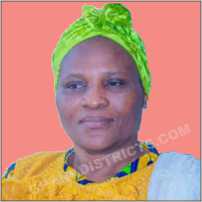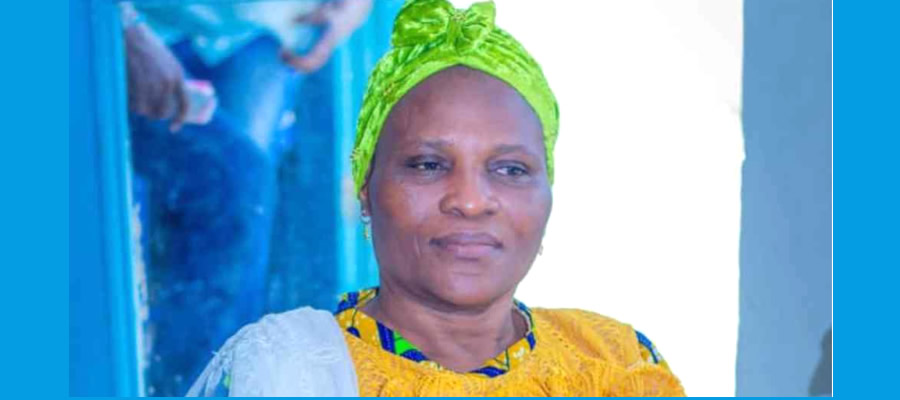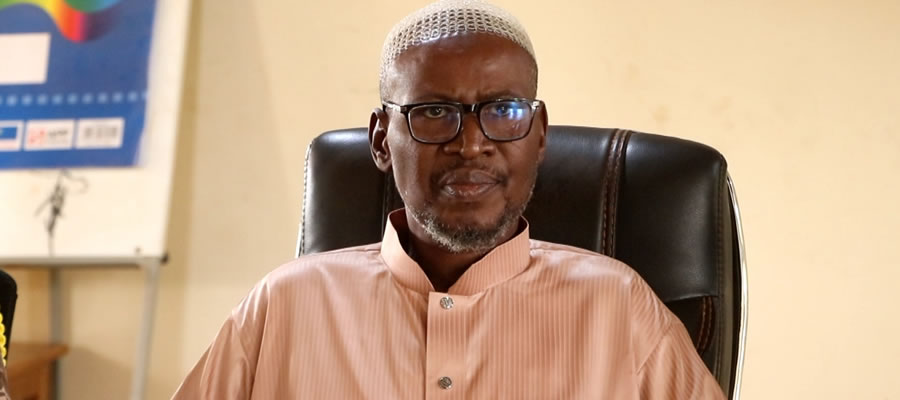

Location and size
Lawra is one of the eleven Districts that make up the Upper West Region. It lies in the north-western corner of the Upper West Region in Ghana. It is bounded to the North by Nandom District, to the East by Lambussie District, to the South and West by the Republic of Burkina Faso. The total area of the District is put at 1,051.2 square km. This constitutes about 5.7% of the Region’s total land area, which is estimated at 18,476 square km The District is estimated to have 98 communities with 95% of the inhabitants in the rural areas. The population density is about 89 per square kilometre.
Relief and Drainage
The Municipality is gently rolling with a few hills ranging between 180 and 300M above sea level. It is drained by the main river – the Black Volta, to the west making a boundary between the District and the Republic of Burkina Faso. The Black Volta has several tributaries in the District; notable amongst them are the Kamba/Dangbang, Nawer, Duodaa. There are currently studies undergoing within the Volta Basin for the protection and possibility of both irrigating and creating a green zone along the bank of the basin. This has the potential of providing jobs and also keeping the volta basin from been silted.
Climate and Vegetation
The Municipality lies within the Guinea Savannah Zone which is characterized by short grasses and few woody plants. Common trees in the District consist of drought and fire resistant trees such as baobab, dawadawa, Shea trees and acacia. The vegetation is very congenial for livestock production, which contributes significantly to household incomes in the District.
The greatest influence on the vegetation is the prolonged dry season. During this period, the grass becomes dry and the subsequent bush burning leaves the area patchy and mostly bare of vegetation. Consequently, the torrential early rains cause soil erosion. Bush burning reduces the vegetative cover and transpiration and this affects average annual rainfall totals resulting in low agricultural yields as farmers depend mostly on rain fed agriculture.
The climate of the District is the tropical continental type with the mean annual temperature ranging between 27°C to 36°C. The period between February and April is the hottest. Climatic changes of late, however affects the weather pattern. Between April and October, the Tropical Maritime air mass blows over the area which gives the only wet season in the year. The rainfall pattern leads to the migration of the youth, a factor associated with the underdevelopment of the human resource base of the District.
Geology and Soil
The rock formation in the District is essentially birimian with dotted outcrops of granite. The District mineral potential is largely unexplored. Some reconnaissance work indicates the presence of minor occurrences of manganese, traces of gold and diamond, Iron ore and clay. The discovery of mineral deposits has exposed the district to the risk of illegal small scale mining (galamsey) and the associated challenges accompanying it, (water pollution, land and reduction in both land and human labour for subsistence farming activities . However if well harnessed and the proceeds invested they is going to be a mammoth growth in the economy and social status of the citizenry within the district.
The well-developed fracture pattern in the rocks makes access to ground water in the district very high, this give the district a huge potential of using both ground water for both agricultural and domestic purposes.
The soils in the District consist mostly of laterite soils. These are developed from the birimian and granite rocks which underlie the area. There are also strips of alluvial soils along the flood plains of the Black Volta as well as sandy loams along some of its tributaries. The general nature of the soils, coupled with the traditional land use practices and type of rainfall, tend to have adverse effect on crop production resulting in persistent short fall in food production. This forces the youth to look for sustenance elsewhere at the expense of their lives or health.
Figure 1 below gives a pictorial view of the geology of the district.
Date Created : 11/15/2017 2:38:56 AM












 facebook
facebook
 twitter
twitter
 Youtube
Youtube
 +233 593 831 280
+233 593 831 280 0800 430 430
0800 430 430 GPS: GE-231-4383
GPS: GE-231-4383 info@ghanadistricts.com
info@ghanadistricts.com Box GP1044, Accra, Ghana
Box GP1044, Accra, Ghana